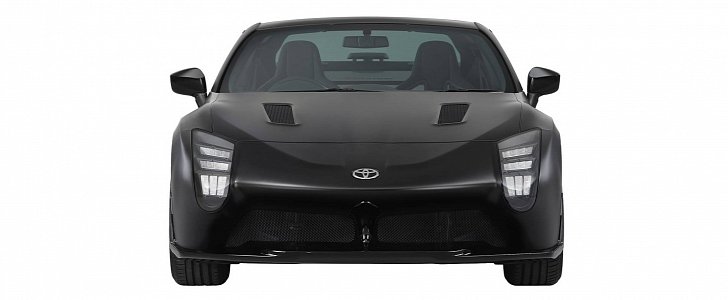At first, there were rumors Subaru and Toyota dropped the second generation of the BRZ and 86 over dwindling sales and high development costs. One after the other, the Japanese automakers denied the rumors by confirming there’s a future for rear-wheel-drive sports cars. More recently, both parties confirmed “a new business and capital alliance” which includes successors to both models.
It’s obvious the boxer engine will stick around along with a short-throw manual to bring the point home, and as ever, an automatic is certain to be offered as an optional extra. Looking at the bigger and sadder picture, most Hachi-Roku models in the U.S. are sold with the six-speed automatic transmission.
Toyota and Subaru released a statement on their renewed partnership, but the press release doesn’t mention any of the finer details about the 86 and BRZ. There’s talk the engine will level up to 2.4 liters, namely the FA24 with natural aspiration instead of a turbocharger as it’s the case in the Ascent.
Another mystery is the platform for the boxer-engined duo, which could be based on the Toyota TNGA GA-N vehicle architecture. The Subaru Global Platform is understood to be impossible to adapt to rear-wheel drive, but going forward, we’re still awaiting concrete information in regard to the underpinnings.
The 86, BRZ, and Scion FR-S all entered production in January 2012 at the Subaru plant in Ota, Japan. Enthusiasts always wanted more suck-squeeze-bang-blow from the 2.0-liter engine, but adding a turbocharger would change the character of the car too much because of the way forced induction produces peak horsepower and torque in the rev range. After all, not even Mazda had the audacity to add a turbocharger to the 1.5- or 2.0-liter versions of the MX-5 Miata.
Moving on to other details mentioned in the press release, Subaru has confirmed it’ll use the Toyota Hybrid System in more models following the Crosstrek Hybrid. Toyota, on the other hand, is interested in the all-wheel-drive technology of its peer while both parties agreed to cooperate on electric and autonomous-driving vehicles.
The e-TNGA platform is probably the most important aspect of this deal, and every Toyota nameplate will supposedly feature electrification by 2025. By every nameplate, we're also referring to the Land Cruiser full-size SUV and Tundra light-duty pickup.
Toyota and Subaru released a statement on their renewed partnership, but the press release doesn’t mention any of the finer details about the 86 and BRZ. There’s talk the engine will level up to 2.4 liters, namely the FA24 with natural aspiration instead of a turbocharger as it’s the case in the Ascent.
Another mystery is the platform for the boxer-engined duo, which could be based on the Toyota TNGA GA-N vehicle architecture. The Subaru Global Platform is understood to be impossible to adapt to rear-wheel drive, but going forward, we’re still awaiting concrete information in regard to the underpinnings.
The 86, BRZ, and Scion FR-S all entered production in January 2012 at the Subaru plant in Ota, Japan. Enthusiasts always wanted more suck-squeeze-bang-blow from the 2.0-liter engine, but adding a turbocharger would change the character of the car too much because of the way forced induction produces peak horsepower and torque in the rev range. After all, not even Mazda had the audacity to add a turbocharger to the 1.5- or 2.0-liter versions of the MX-5 Miata.
Moving on to other details mentioned in the press release, Subaru has confirmed it’ll use the Toyota Hybrid System in more models following the Crosstrek Hybrid. Toyota, on the other hand, is interested in the all-wheel-drive technology of its peer while both parties agreed to cooperate on electric and autonomous-driving vehicles.
The e-TNGA platform is probably the most important aspect of this deal, and every Toyota nameplate will supposedly feature electrification by 2025. By every nameplate, we're also referring to the Land Cruiser full-size SUV and Tundra light-duty pickup.











